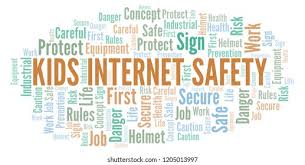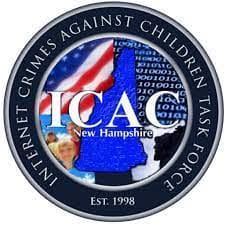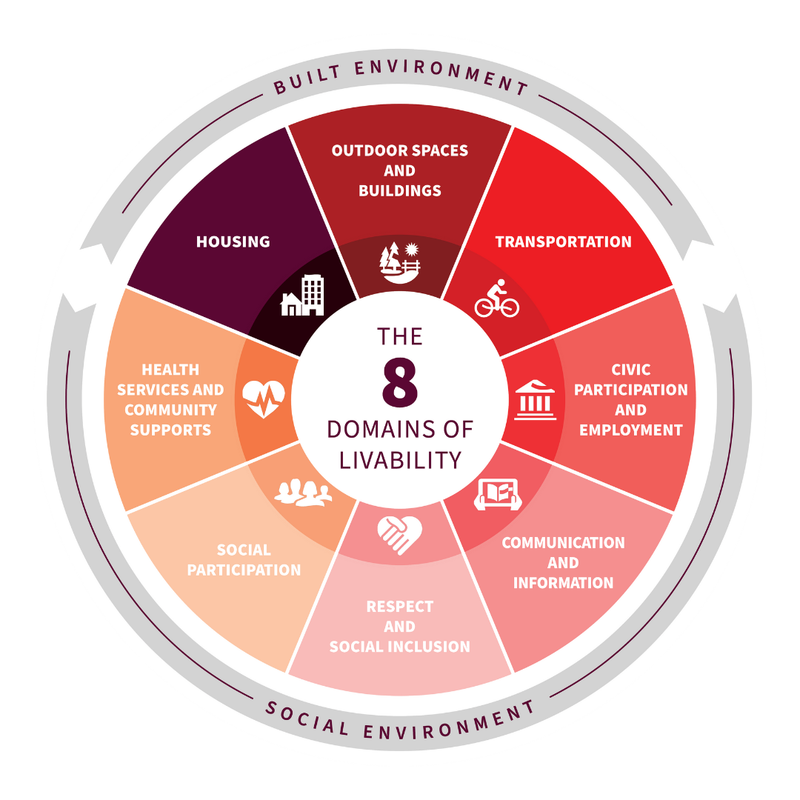Protecting Children on Social Media
I have been increasingly seeing instances where a person has either physically or sexually abused, trafficked, or in another way exploited a child by using the internet to lure or groom them, and this has been most prevalent on Social Media platforms.

**(For purposes of this article, “child” is anyone under the age of 18)**

I have been increasingly seeing instances where a person has either physically or sexually abused, trafficked, or in another way exploited a child by using the internet to lure or groom them, and this has been most prevalent on Social Media platforms.
There are bad actors in our world who will use the internet to target their victims. New Hampshire does have a specialized law enforcement group, known as the “Internet Crimes against Children task force,” (or NHICAC), but fighting against child exploitation takes more than that, it takes the diligence of parents, caregivers, and schools as well as protections provided by the Social Media companies themselves, to properly protect kids.. (But we can never rely solely on technology such as on-line filters to protect our kids, we must also be involved).
In our increasingly digital world, social media has become an integral part of children’s lives. Platforms like Instagram, TikTok, Snapchat, YouTube, and Facebook offer opportunities for creativity, connection, and education. However, these benefits come with significant risks.
Among the most serious of the risks is child exploitation—a grave and growing concern that can take many forms, including grooming, cyberbullying, sextortion, and trafficking.
Preventing child exploitation on social media requires a multi-layered approach involving parents, educators, tech companies, policymakers, and children themselves.
I have decided to research and briefly write about some strategies that can help combat the increase in child exploitation via the internet and social media. Only together can we protect our children.

Strategies to Prevent Child Exploitation
1. Parental Involvement and Supervision
a. Open Communication
A strong parent-child relationship is one of the most powerful tools for prevention. Parents should maintain open lines of communication, making it safe for children to talk about their online experiences. This includes:
- Encouraging children to speak up if they feel uncomfortable or threatened.
- Talking regularly about who they interact with online.
- Educating children about the risks of sharing personal information or images.
b. Setting Ground Rules
Parents should establish clear guidelines for social media use:
- Age-appropriate platform use (most platforms require users to be at least 13).
- Time limits to reduce overexposure.
- Restrictions on posting personal information like full names, school names, addresses, or phone numbers.
c. Monitoring Tools
There are many tools parents can use to monitor online activity:
- Parental control apps (e.g., Qustodio, Bark, Net Nanny).
- Device settings that limit app downloads and in-app purchases.
- Reviewing friend lists and privacy settings regularly.
2. Education and Digital Literacy
a. Teaching Children About Online Risks
Children must be educated about the dangers they may face online in a way that’s age-appropriate. Topics should include:
- What online grooming is and how predators may disguise themselves.
- The permanence of anything shared online.
- How sextortion works and why sharing explicit content is risky.
b. Media Literacy Education in Schools
Schools play a crucial role in helping children navigate digital spaces. A robust digital literacy curriculum should cover:
- Identifying safe and unsafe online interactions.
- Recognizing red flags and manipulation tactics.
- Understanding privacy rights and responsible content sharing.
c. Empowering Children to Say “No”
Children should be taught that it is okay to say no to uncomfortable interactions—even from peers—and to block or report anyone who crosses boundaries.
3. Using Technology Responsibly
a. Privacy Settings and Safe Profiles

Children and parents should ensure that:
- Accounts are set to private, limiting interactions to known individuals.
- Location services are turned off for social media apps.
- Personal bios and profile pictures do not reveal sensitive information.
b. Reporting and Blocking Features
Teach children how to:
- Block users who make them uncomfortable.
- Report inappropriate behavior or content to platform moderators.
- Keep evidence (screenshots, messages) if something goes wrong.
c. Avoiding Public Wi-Fi for Sensitive Use
Public Wi-Fi networks are less secure and can be used by hackers or predators to access personal information. Children should avoid using these networks for logging into social accounts or sharing content.
4. Role of Social Media Companies
a. Enforcing Age Restrictions
Social media platforms must rigorously enforce age restrictions to prevent underage children from accessing potentially harmful content or interactions. This can be improved through:
- AI-driven age verification tools.
- Periodic checks and user reporting mechanisms.
b. Moderation and AI
Advanced AI moderation can help identify and remove exploitative content or suspicious activity in real-time. Key efforts should include:
- Filtering explicit material.
- Detecting grooming language or suspicious interactions.
- Flagging accounts with high-risk behaviors for review.
c. Safety Features by Design
Platforms should adopt child-friendly features like:
- Disabling direct messaging between adults and minors.
- Limiting the discoverability of minors’ profiles.
- Offering “panic” or emergency buttons for rapid help.
5. Legal and Policy Measures
a. Stronger Legislation
Governments must implement and enforce robust child protection laws:
- Mandating platform accountability for hosting exploitative content.
- Imposing penalties for tech companies that fail to remove harmful content quickly.
- Requiring transparency reports on how platforms handle exploitation reports.
b. International Cooperation

Because social media operates globally, preventing exploitation requires cross-border cooperation:
- Exchanging intelligence between law enforcement agencies.
- Participating in global initiatives like INTERPOL’s child exploitation database.
- Coordinating takedowns of international trafficking and grooming networks.
c. Encouraging Ethical Tech Development
Governments and NGOs should support initiatives that prioritize safety in tech design, such as:
- Privacy-by-default settings.
- Funding research into child-safe AI.
- Developing safer alternative platforms for children.
6. Community and Peer Support
a. Empowering Bystanders
Peers often know when something is wrong before adults do. Teach children to:
- Support friends who might be in danger.
- Report concerns anonymously if necessary.
- Recognize the signs of distress or grooming in their friends’ behavior.
b. Promoting Positive Online Behavior
Digital communities should reinforce respectful behavior through:
- Anti-bullying campaigns.
- Peer mentorship programs.
- Encouraging the reporting of harmful behavior rather than staying silent.
c. Online Safety Ambassadors
Schools and communities can train youth leaders to act as online safety ambassadors who:
- Teach others about safe internet use.
- Help monitor peer interactions in a non-invasive way.
- Create a culture of digital respect and vigilance.
7. Recognizing the Warning Signs of Exploitation
It’s crucial for adults to understand signs that a child might be experiencing exploitation:
- Sudden secrecy about online activity.
- Mood swings, anxiety, or depression.
- Receiving gifts, money, or devices from unknown sources.
- Spending excessive time online, especially late at night.
- Drastic changes in friend groups or social behavior.
Early intervention can prevent further harm and facilitate healing.
8. Encouraging Safe Content Creation
Many children are content creators themselves. Help them understand:
- The risks of going viral, especially with revealing or provocative content.
- How to create content that protects their identity.
- The dangers of interacting with strangers or followers who seek personal contact.
Parents and mentors should review what children are posting and help them think critically about their online “brand” or image.
Conclusion
Social media can be a powerful tool for learning and connection, but it also presents real dangers, especially for children. Preventing child exploitation on these platforms requires a collaborative, proactive, and ongoing effort. Through open communication, education, smart technology use, corporate responsibility, and legal enforcement, we can create a safer digital world for children to grow, learn, and connect without fear.
Every stakeholder—parents, teachers, policymakers, tech developers, and children themselves—has a role to play. The goal is not to instill fear or over-police, but to build a resilient, informed, and empowered generation capable of navigating the digital age safely and confidently.
Comments can be sent to mythoughts603@gmail.com.





